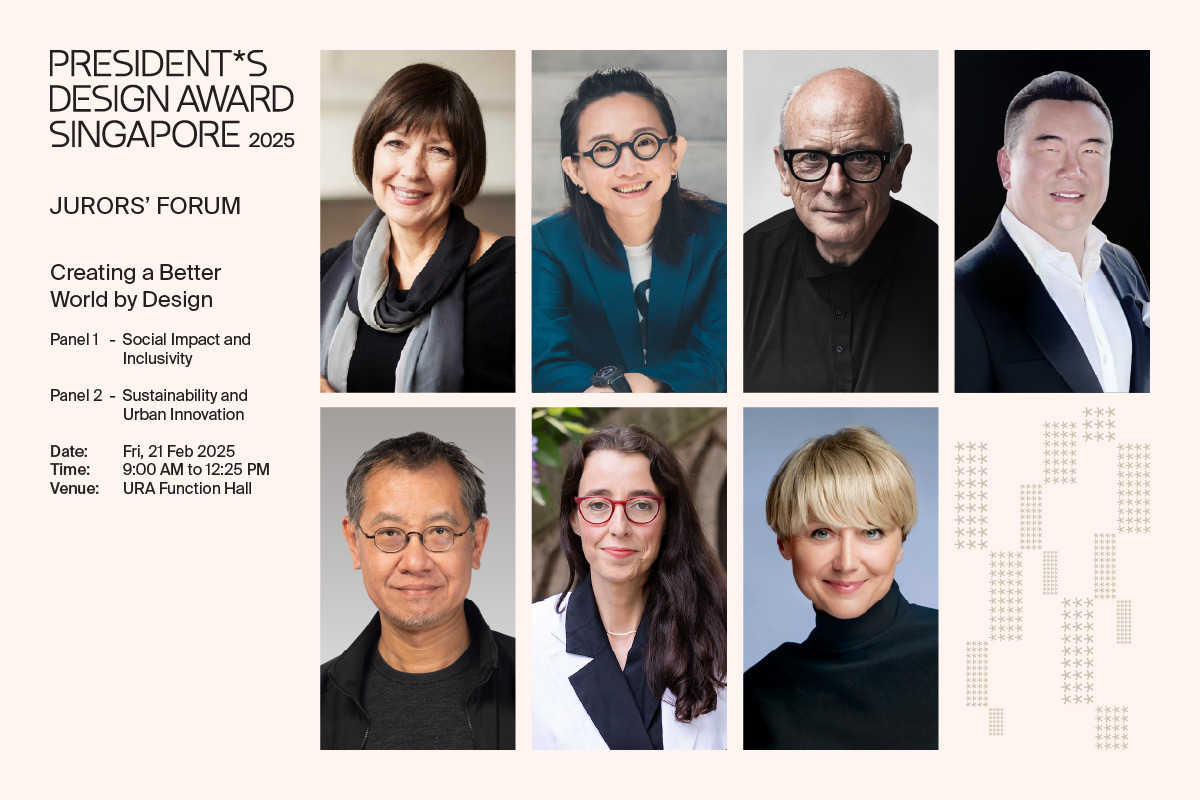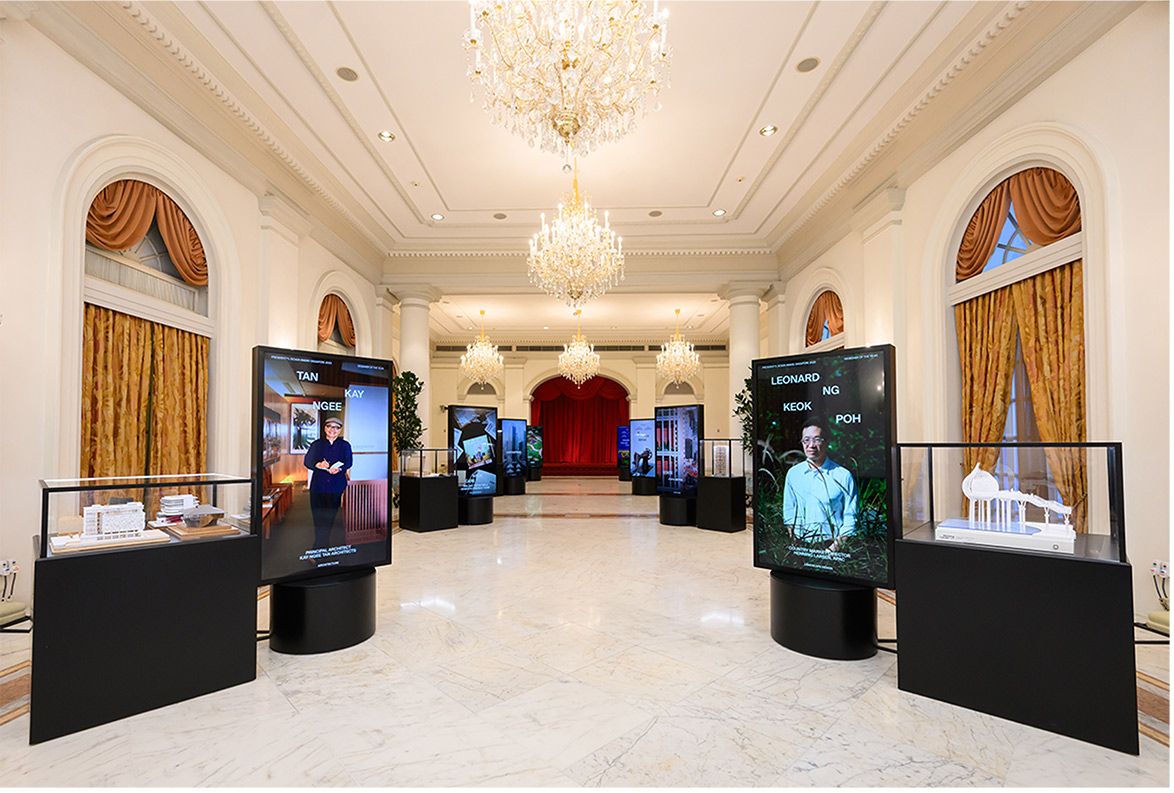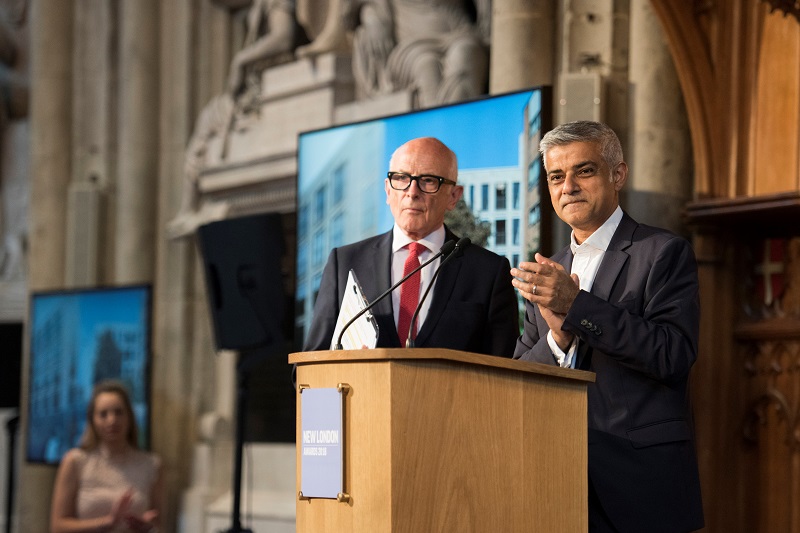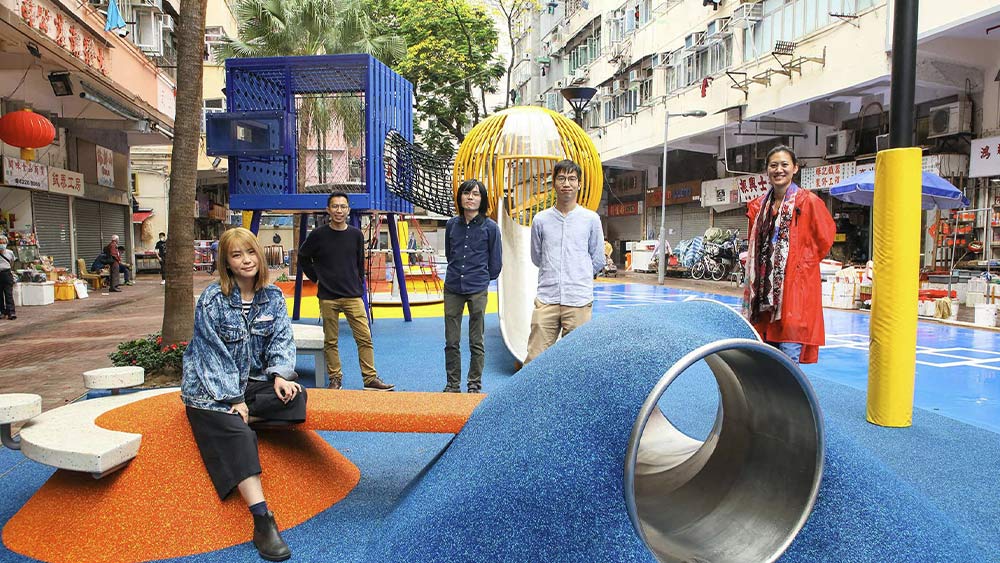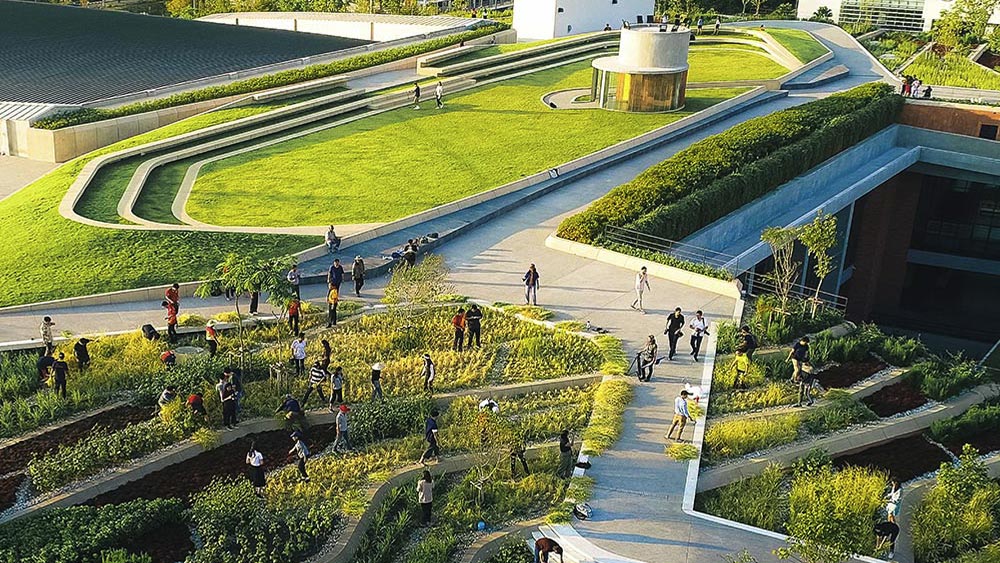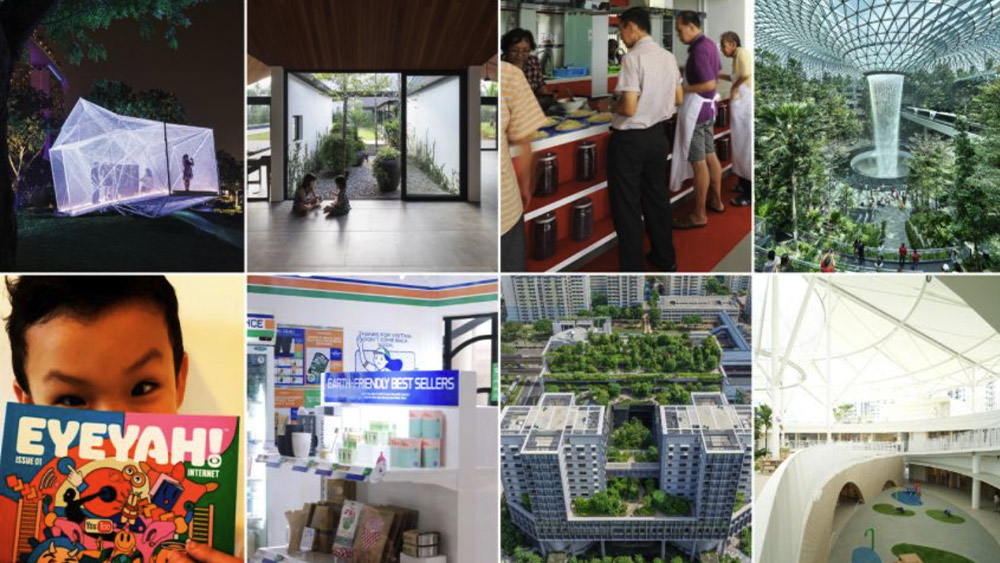P*DA 2018 Recipients’ Forum: Designing New Solutions to New Challenges
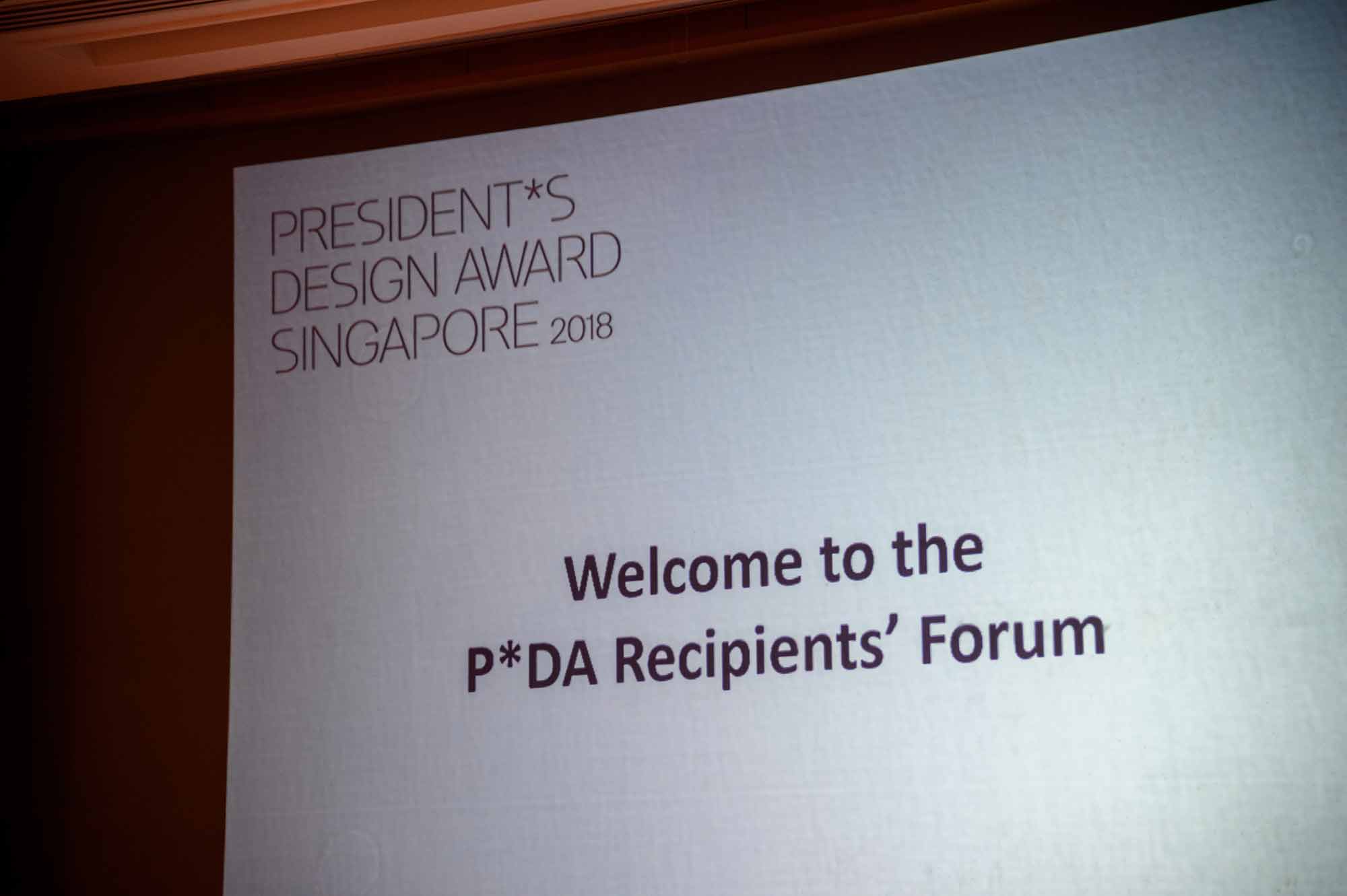
Behind every successful project is a range of challenges to be surmounted. The challenges faced by our designers today surface in the form of complex social problems, rapid economic shifts and disruptive forces that reshape how we live, work and play. Designers today must work more collaboratively; across disciplines and multiple agencies, paying close attention to their users’ evolving needs.
The President*s Design Award 2018 recipients have done just that. From a once-temporary pavilion that now permanently sits on the grounds of Gardens by the Bay, to the newest terminal of one the world’s most recognised airports, a tent for the homeless, a game-changing strategy to transforming the lives of caregivers and encompassing Singaporean heritage in a hotel, these Design of the Year recipients have conquered the complex challenges of the new design landscape.

A day after the Award Ceremony at the Istana concluded, five of our 11 recipients took part in the Recipients’ Forum (Part 1) at the Function Hall of the URA Centre. The designers behind The Future of Us Pavilion, Singapore Changi Airport Terminal 4, weatherHYDE, Who Cares? Transforming the Caregiving Experience and The Warehouse Hotel, presented their projects to an audience of 300 designers and design students, and then took part in a panel discussion.
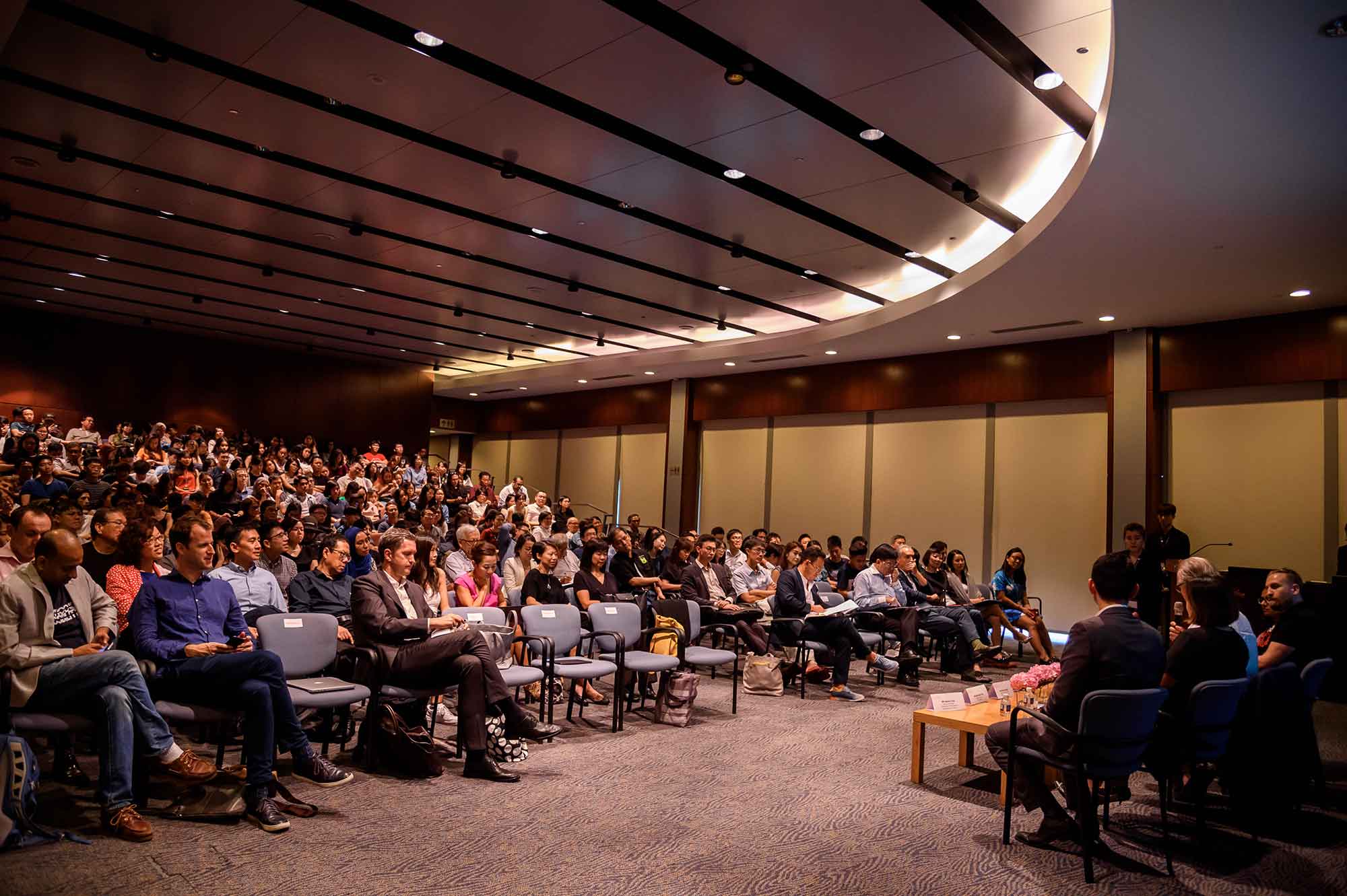
The panel discussion, skilfully moderated by Dick Powell, Jury Chair of the Design Panel, gave our recipients the opportunity to discuss the challenges behind the scenes of their award-winning projects.
Their thought-provoking answers are excerpted here to provide insights into the multi-faceted processes behind every successful design project.
Translating user insights into new possibilities
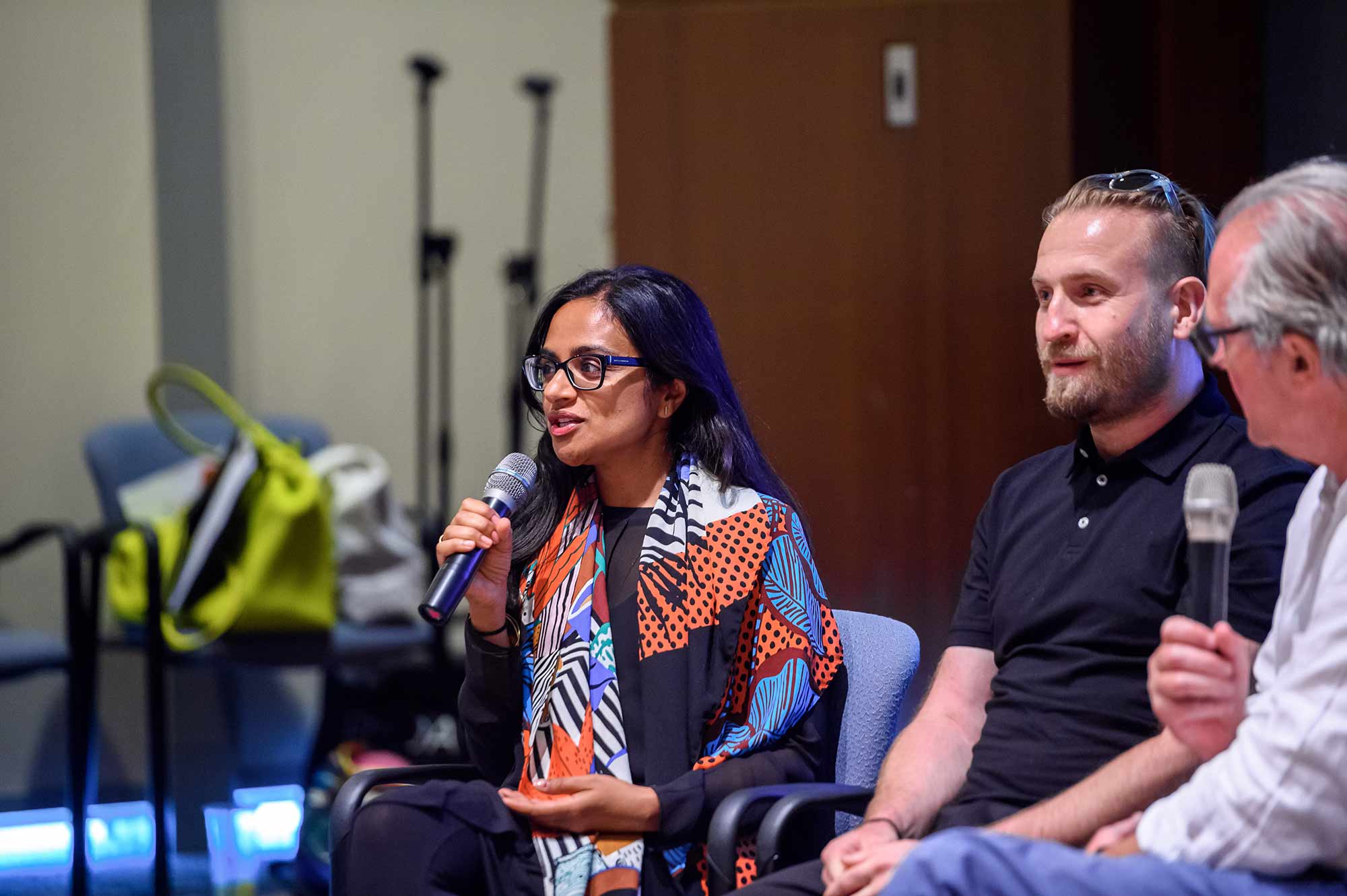
Dick Powell:
What were some challenges you faced while doing your ethnographic research with your users?
Lekshmy Parameswaran (fuelfor), on Who Cares? Transforming the Caregiving Experience:
“We had to identify the tools for our users to express their experiences. This is neither a questionnaire nor a survey but instead, we are spending time with them, slowly allowing them to share what they have gone through. Spending time means going down to the kopitiam, spending time in their homes and joining them while they go about their day.
Once we have those user insights, I think the next big challenge is for design and designers to translate those insights into new possibilities. Co-design, co-creation, participative design – we strongly believe in that. With these types of social challenges, we have to engage in a more ethnographic change: change of mindset, change of behaviour and change to a new direction. The role that we play as designers is in making new possibilities, new stories that are tangible so that people can visualise it, and react to these new possibilities instead of just an abstract idea on how things could be. With such a project like Who Cares, we are not going to change things overnight. As designers, we must challenge ourselves to envision what our end-point is. For us, the end-point isn’t about the deliverables, it’s about seeing a change on the ground in our societies that goes on beyond just the final output. “
Researching even the tiniest details
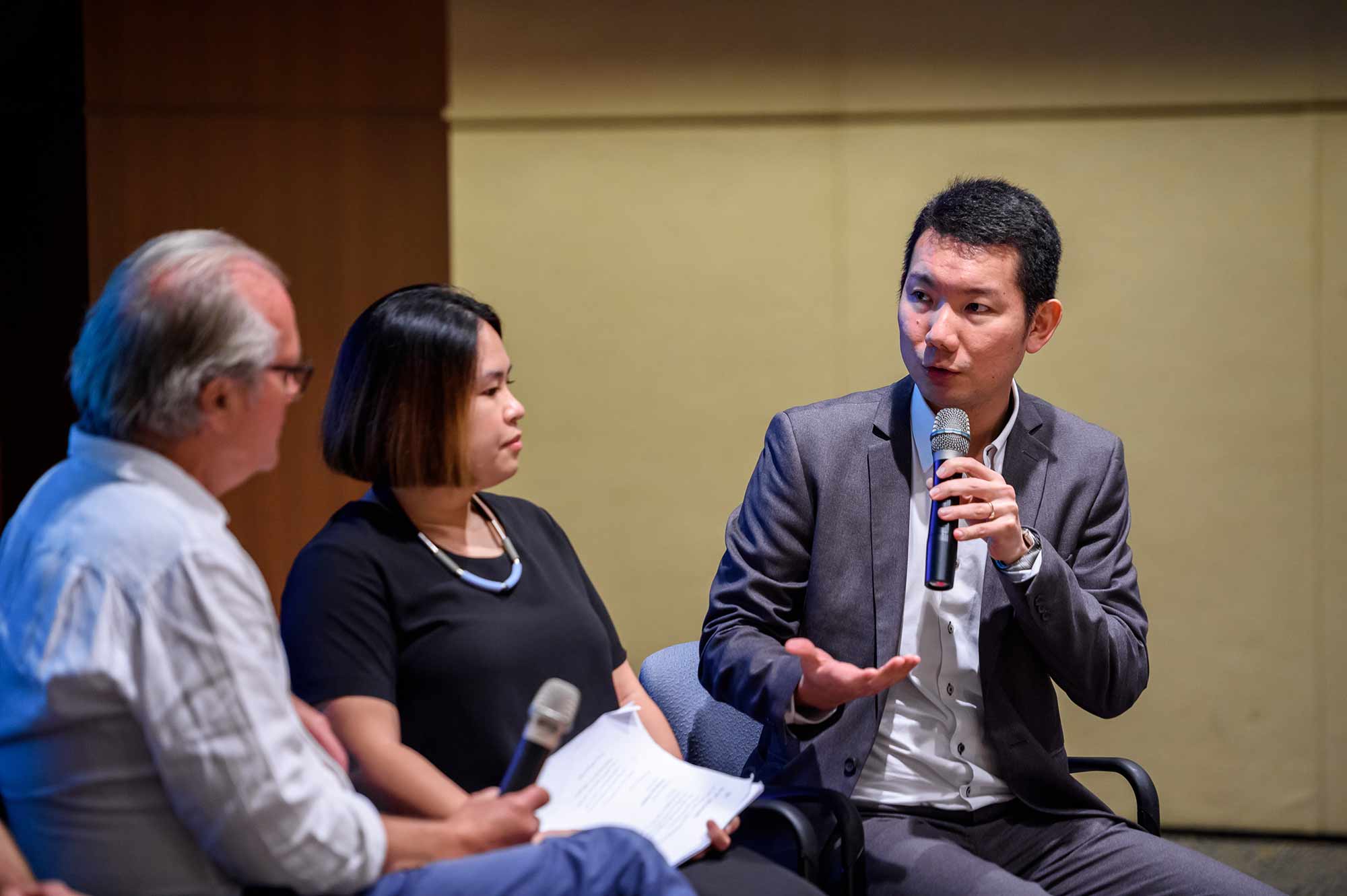
Dick Powell:
Tell us about the research that you did for Changi Airport Terminal 4.
Kelvin Tan (Changi Airport Group), on Singapore Changi Airport Terminal 4:
“I think one of the things that we are quite delighted with is what we call the Automated Immigration Gate. It is a co-creation between ourselves and the Ministry of Home Affairs. When we first set out to do this, we did not think it will materialise. This was a partnership between a public and private sector organisation that came up with an immigration gate that serves both the needs of the airport and the needs of the border control. We worked with people from all walks of life to research and give us feedback into all aspects of the gate. We had to research on things like the height of the terminals, how we angle the placement of the thumb scanner, how the passports are inserted, how bright the glare of the screen is and even how we fine-tune the lights on the ceiling so that everything collectively gives a better experience for passengers. All these little details took us almost eight months to research with our users before we even had the first minimum viable product that was out. “
Turning archival research into contemporary design
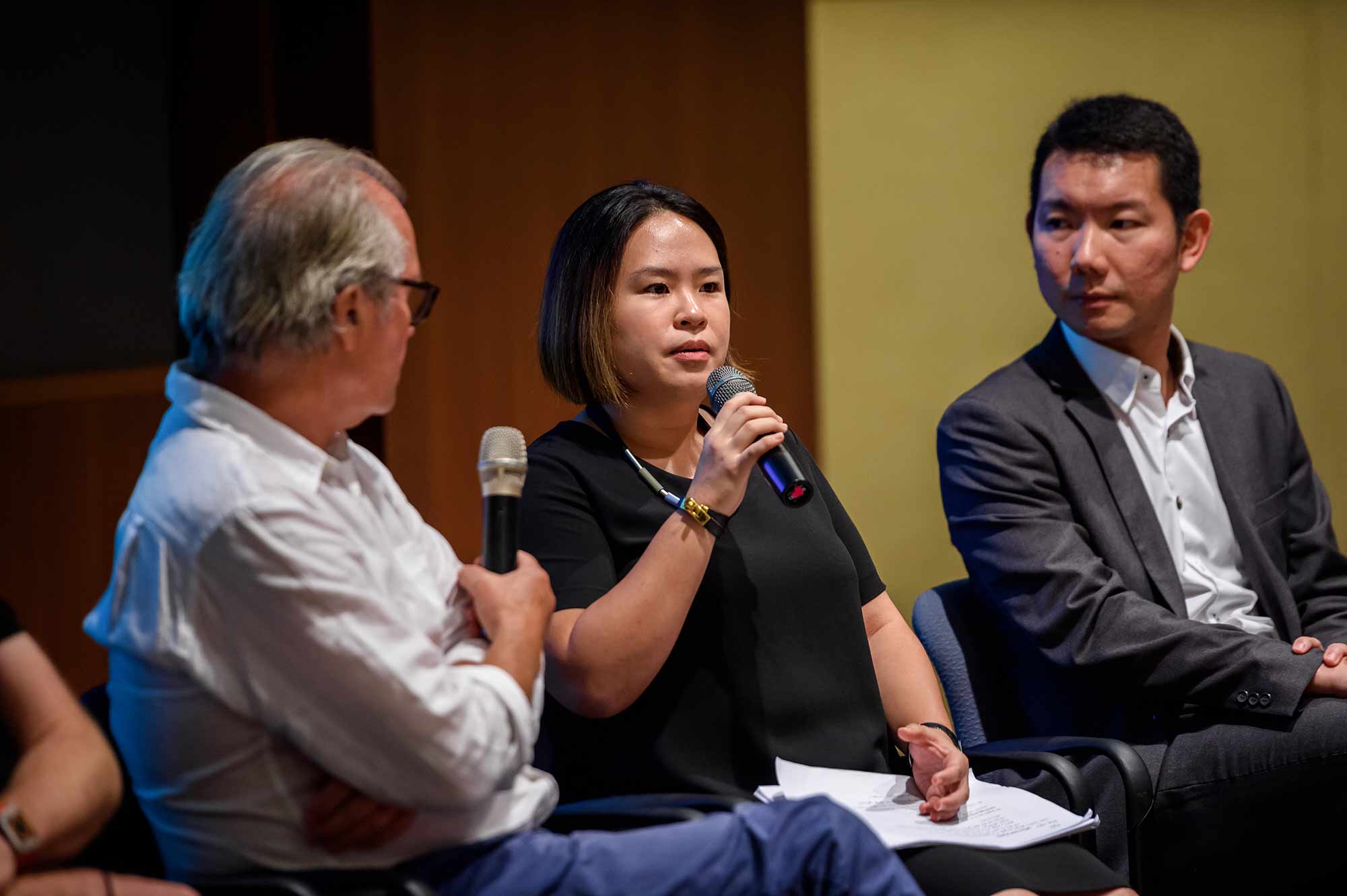
Dick Powell:
One of the characteristics of great design is craftsmanship, the application of everything we’ve learnt, in order to produce a great outcome. Some of the collaterals you produced to support your work are very impressive and beautifully executed. In this case, with the branding and interior of the hotel, every little detail counts. So, please tell us more about your research process.
Michelle Tan (Asylum Creative), on The Warehouse Hotel:
“We went through a lot of research through the archives and photographs of old Singapore. We found that there were four key languages, with Chinese being the (most common). That’s why when you go through the hotel and the branding collaterals, a lot of them take on those four key languages, with Chinese being the most common. In the old huiguan (Chinese association) signages, the font is always made up of curvatures, that’s why in our collaterals and font type we will also try to recreate those curves. Even on the key cards, we went to the (National) Archives to find images of old Singapore, of the river, of people trading along the river, and we put them on the key cards. This gives the staff a good opportunity to engage with guests when they ask them about these images, so the staff can tell these stories. We wanted to integrate all of these into the hotel, which becomes part of its branding. Even the cocktails went through an intensive “programming”. The hotel also went through an intensive cocktail programming. And when you enter the hotel, there’s a retail area with objects which are inspired by objects of vice. The whole objective is to tell the illicit past of what this warehouse used to be.”
The tools we build are as important as the outcome
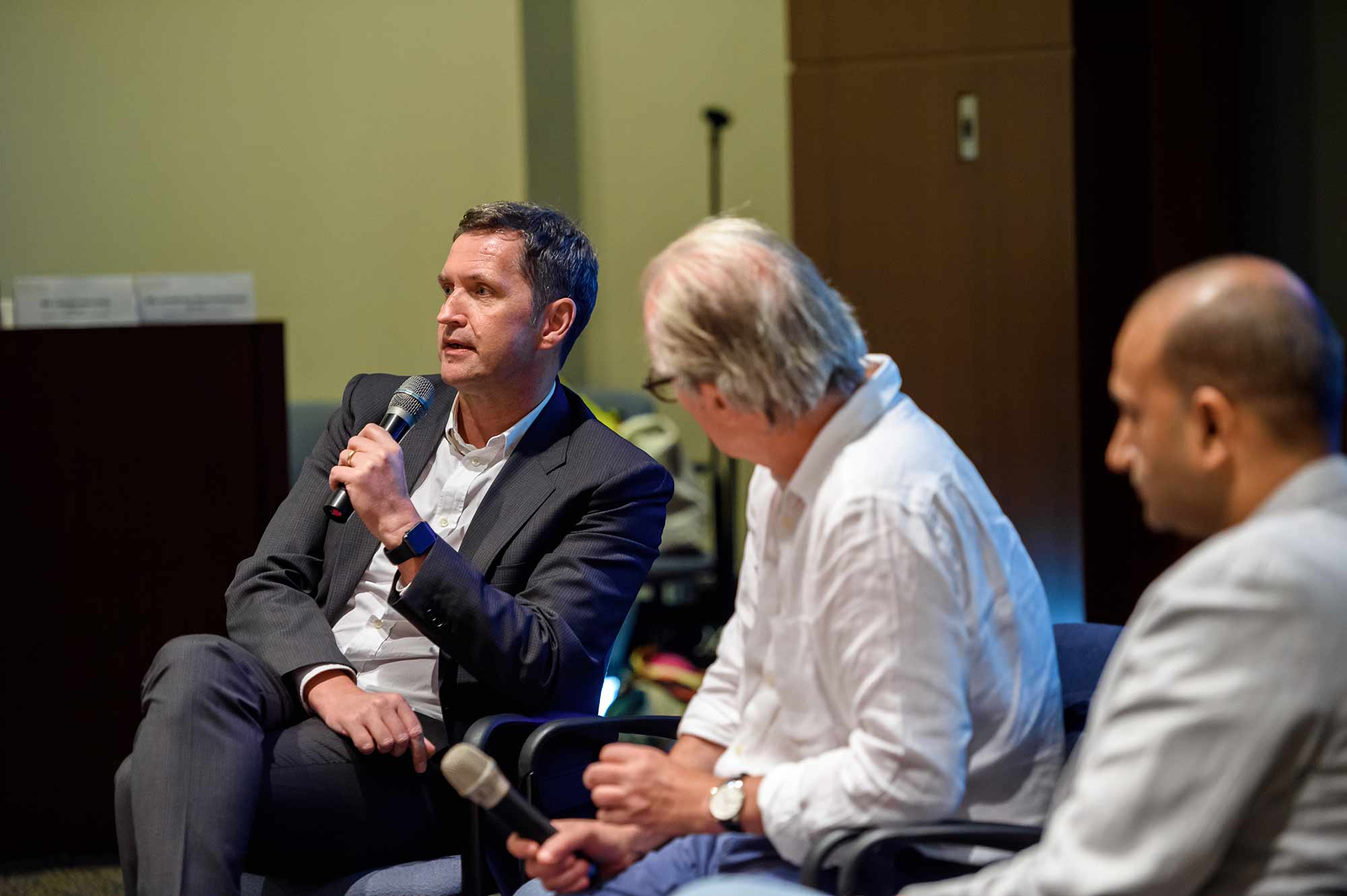
Dick Powell:
Tell us about the impact Future of Us creates and the implications that come with it.
Thomas Schroepfer, The Future of Us Pavilion:
“One of the things that we have done as part of the Future of Us project is to build a software that allow us to have optimization to build the structures. So the project is not just about a physical building, but also about the tools. We had to build our own tools. You can now download the tools for free as it is an open source… Half a million people came to see the Future of Us Pavilion and talked about the shell structure. It was an exhibition of the future of Singapore and we got very nice comments from the Ministers and the public. In a way, the structure talked about the future: How we can put up cities in an environmentally friendly and more sustainable way. It was a great opportunity to explore something like this and we will see more technology play out in future buildings. The structure is made up of more than 11,000 panels so it is a statement that we can very finely tune a structure – there is no need to have rectangular buildings because rectangular buildings might not always be the best solution if you want to filter wind, or channel light. The project is also about the future of fabrication. We could feed directly into the fabricators’ machines, in a way you can cut out all the things and therefore result in a much faster design process. There was no storage of material on site. The panels were all installed there. So, there’s many implications for how we go about with the process of building a structure. “
Finding the right price point
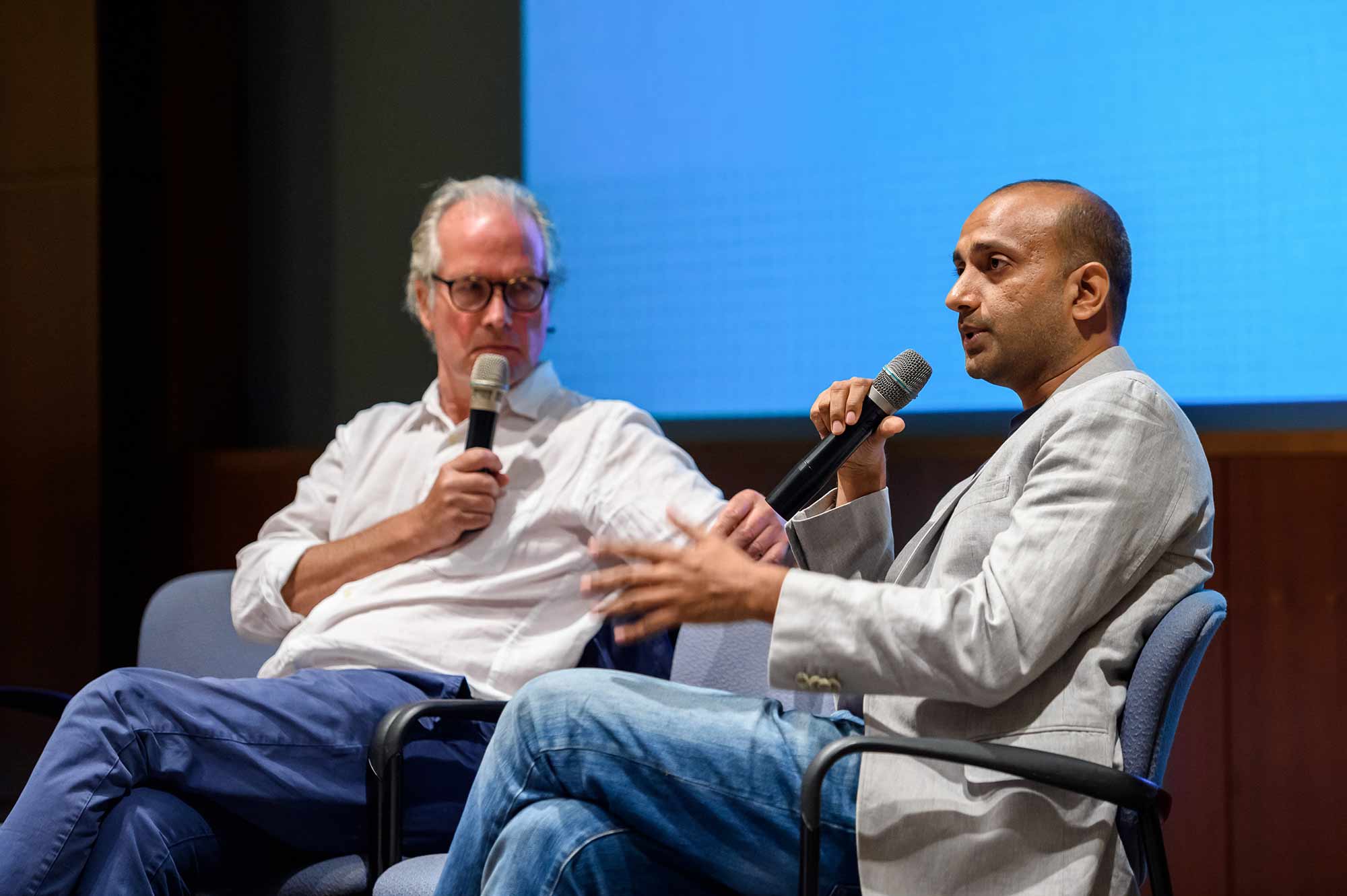
Dick Powell:
Your intention of charging $100 dollars for the tent changed to $300 because of volume. Tell us about the difficulties you faced when finding the right price point for your product.
Prasoon Kumar, weatherHYDE:
“Often times what we don’t realise how to take our concept into the market and make it really impactful to the people who need it. We can do one prototype, five prototypes and even 10 prototypes. We have now reached 2500 people, but the impact needs to be 5 million, so that is really the crux of the problem. When we started, we wanted to start with $100 (for the cost of each tent) so we needed to achieve the scale. So how do we achieve this? We spent a lot of time working in factories in China to make sure that the cost is as controlled as possible. Now the tent costs $300. One of the things we did not realise is that logistics costs are very high. Big corporations like Amazon can ship things for free. However, for someone like us, it cost about 100 dollars to ship from one place to another. These are things that are very difficult to control unless you become “big”. The important thing is, how do we scale and how do we make it cheap. One way is that we do a lot of online selling and marketing of these shelters. Another way is we are decentralising our production. We are currently setting up a factory in United States that will focus on new markets. In fact this morning we just had a discussion on using other materials without compromising quality. We have to look for ingenious ways to bring the cost down as we move along. “
DesignSingapore Council and URA is proud to have hosted such an insightful panel discussion with our 2018 recipients. Watch this space for updates on the Recipients’ Forum Part 2, which features our architectural recipients: Angelene Chan, China Fuzhou Jin Niu Shan Trans-Urban Connector, Oasia Hotel Downtown and lastly, The Tembusu, on 6 August, 2.30pm at The URA Centre. Pre-registration opens at 12 noon on 27 July 2018, Friday. Admission is free! See you there.
